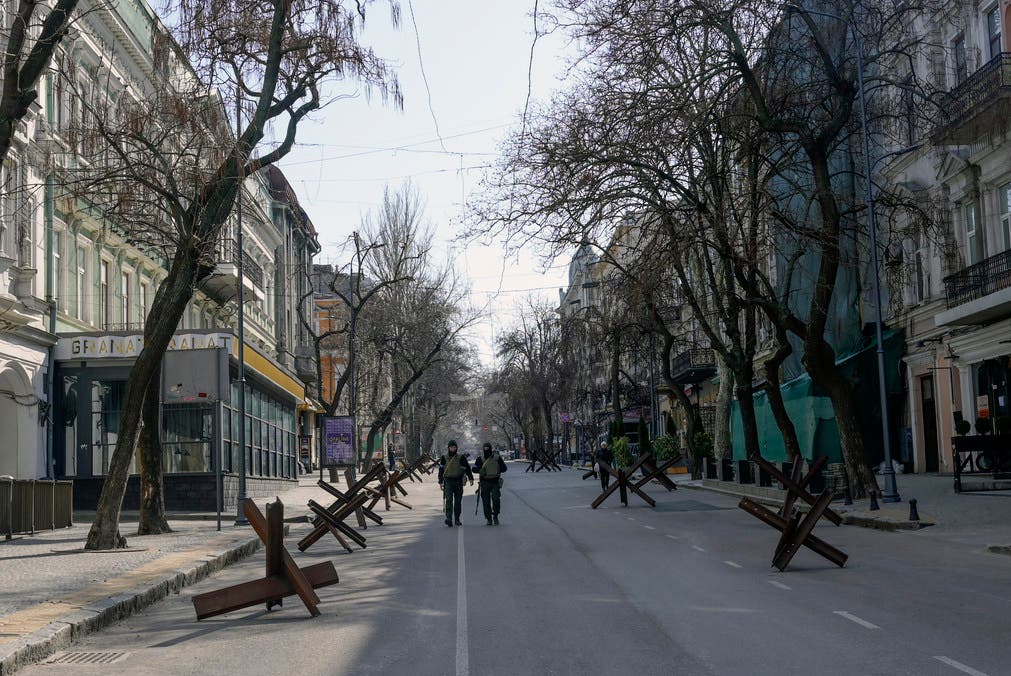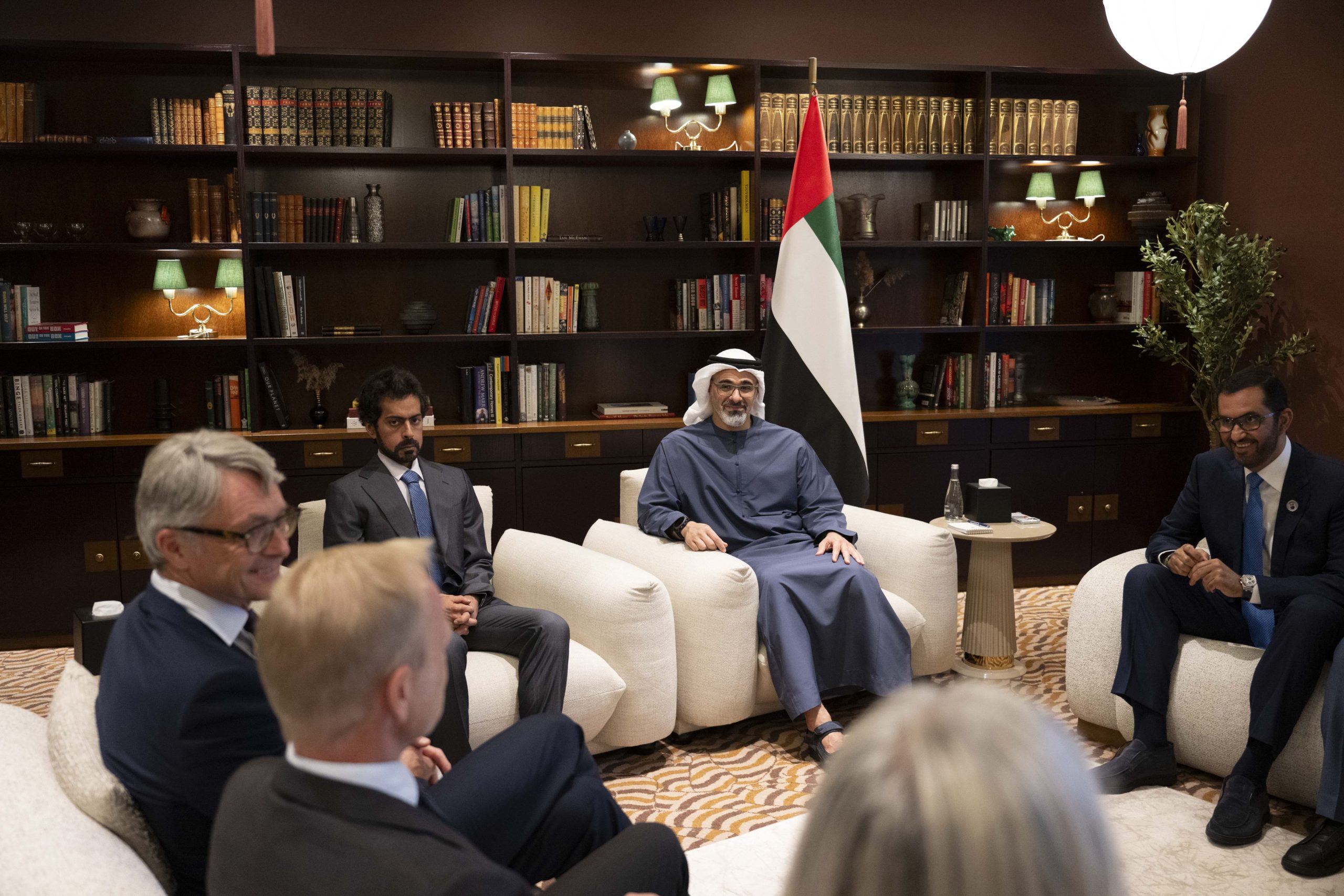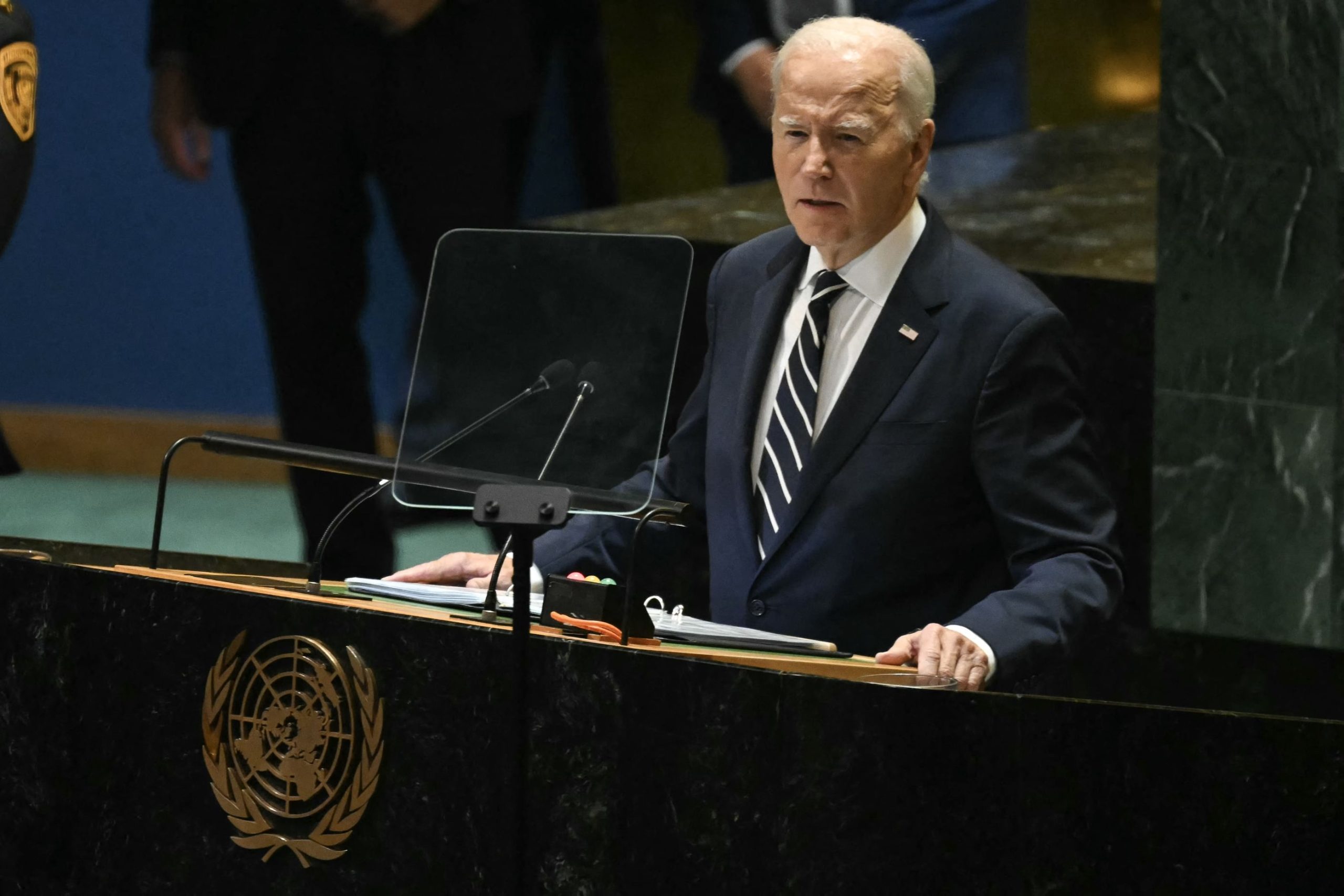Tensions are rising in the pro-Russian separatist territory of Trans-Dniester in Moldova, with ominous comments from Moscow raising fears that the conflict in Ukraine may extend to its neighbor. Just back from the enclave, a senior security monitor says neither side wants to get involved in Russian President Vladimir Putin’s war.
Claus Neukirch heads the Organization for Security and Co-operation’s mission to Moldova where he facilitates the search for a settlement over Trans-Dniester, where breakaway authorities have been in conflict with various Moldovan governments for 30 years.
For the latest headlines, follow our Google News channel online or via the app.
The trip to Tiraspol, the capital of the self-declared republic, followed a series of unexplained explosions in Trans-Dniester that set nerves jangling. Shortly before, a Russian general included Trans-Dniester in Moscow’s war aims, arguing that ethnic Russians there were being abused.
What comes next in Ukraine is impossible to predict, and differences between Moldova and Trans-Dniester run deep. With 1,500 Russian troops stationed in the territory, just 70 km (43.5 miles) north west of the Ukrainian port of Odesa, Moscow has a dominant voice.
Still, “this is also an opportunity,” said Neukirch, speaking on Saturday at the OSCE’s permanent mission in Chisinau, Moldova’s capital. “To a certain extent they are together in this crisis.”
The war has cut both sides off from a vital trade route, through the Black Sea port of Odesa, while Ukraine’s move to close its land border with Trans-Dniester has for the first time forced all of the territory’s exports and imports to pass westward, through Moldovan customs.
For all its pro-Russia orientation, 54 percent of exports from Trans-Dniester went to the European Union in 2021, compared with 14 percent to Russia and 9 percent to Ukraine, according to the European Union’s Border Assistance Mission to Moldova and Ukraine. That trade would be jeopardized should Russia take control of the territory, a move that would subject it to US and EU sanctions.
On Friday, Moldovan and Trans-Dniester negotiators staved off a potential energy crisis, extending a contract for Moldova to buy electricity from power plants over the Dniester River, in Trans-Dniester, ahead of Sunday’s expiration date.
At the same time, Moldovan officials agreed to allow a metals factory important to the Trans-Dniester economy to keep working for a similar period, while ecological concerns are ironed out. The plant is a significant revenue earner and employer, exporting much of its product to Poland and importing scrap metal to feed its furnaces from Romania, both EU member states.
“We support all the positive processes that take place here,” said Artur Dmochowski, special envoy to the OSCE’s current Polish chair, in a statement on Saturday. He had traveled to Tiraspol with Neukirch. “We welcome the recent involvement of the sides at a high level, which allowed the resumption of the activity of the metallurgical plant in Râbnița.”
There is more cause for concern than hope, however, so long as the war in Ukraine continues. Earlier in the week, a series of attacks and explosions were reported on Trans-Dniester soil, including at the headquarters of the state security building, an airfield, and a large AM radio transmitter.
Nobody was injured and no one claimed responsibility. The Trans-Dniester authorities blamed Ukraine for the attacks, while Ukraine accused Russia, and Moldova cited pro-war factions within Trans-Dniester.
Russian forces at the same time destroyed the only bridge connecting a region of Ukraine south of Odesa to the rest of the country. That heightened long-held concerns in the port city that Russia’s Black Sea Fleet could attempt an amphibious landing in an area Ukrainian forces were unable to reach, and then march north to Transnistria, creating a new front in the war.
With the bridge destroyed, any Ukrainian forces heading south, or Russian ones on their way to Trans-Dniester, would have to pass through territory controlled by Moldova, which has minimal armed forces.
Who was responsible for the attacks and what plans Russia has for Trans-Dniester or Moldova more widely, remains unclear. The Russian military’s ability to pull off such an amphibious attack, or to support it by breaking through Ukrainian defenses to reach Trans-Dniester from the east appear, for now, limited.
Even so, the moves have left Moldova in a precarious situation: Still dependent on Moscow for much of its energy supplies, vulnerable to propaganda pumped across the Russian TV channels that still air across the country, and politically divided.
The Russian threat to break a corridor through to Trans-Dniester came a day after Moldova’s President Maia Sandu signed into a law a ban on the display of two Russian pro-war symbols -– the ‘Z’ painted on Russian tanks, and the St. George ribbon that commemorates the Soviet Union’s World War II victory over Nazi Germany.
Russian Foreign Ministry spokeswoman Maria Zakharova said the consequences of the ban would be “painful for Moldova.”
Officials in Chisinau are awaiting with apprehension the annual Victory Day celebrations on May 9, when many traditionally wear the St. George ribbon.
That, Moldova’s Foreign Minister Nicu Popescu said in a video briefing, is “a very dangerous new moment in the history of our region.”
Read more: Ukrainian official: Russia ready to use Trans-Dniester to move on Moldova or Ukraine

 World3 years ago
World3 years ago
 World3 years ago
World3 years ago
 Business1 year ago
Business1 year ago
 Entertainment7 years ago
Entertainment7 years ago
 World7 years ago
World7 years ago
 Entertainment7 years ago
Entertainment7 years ago






